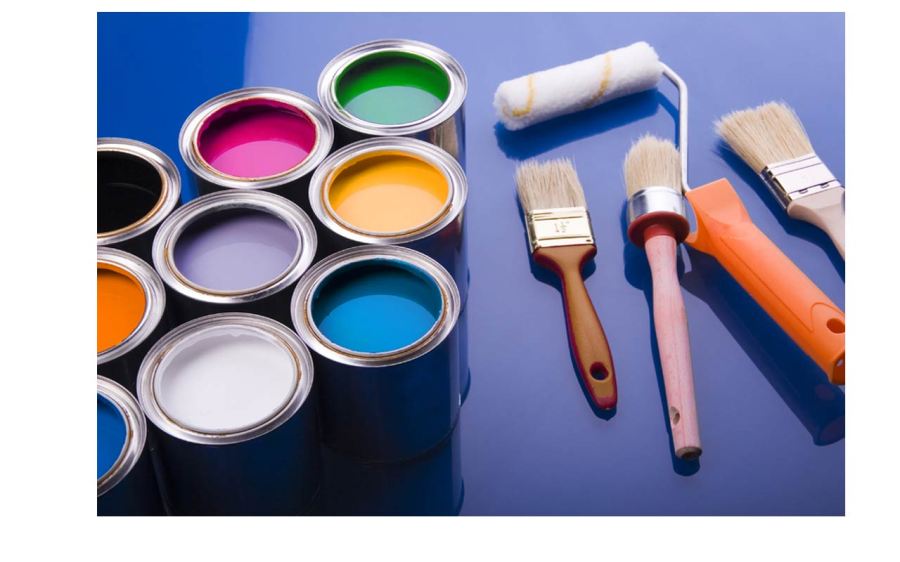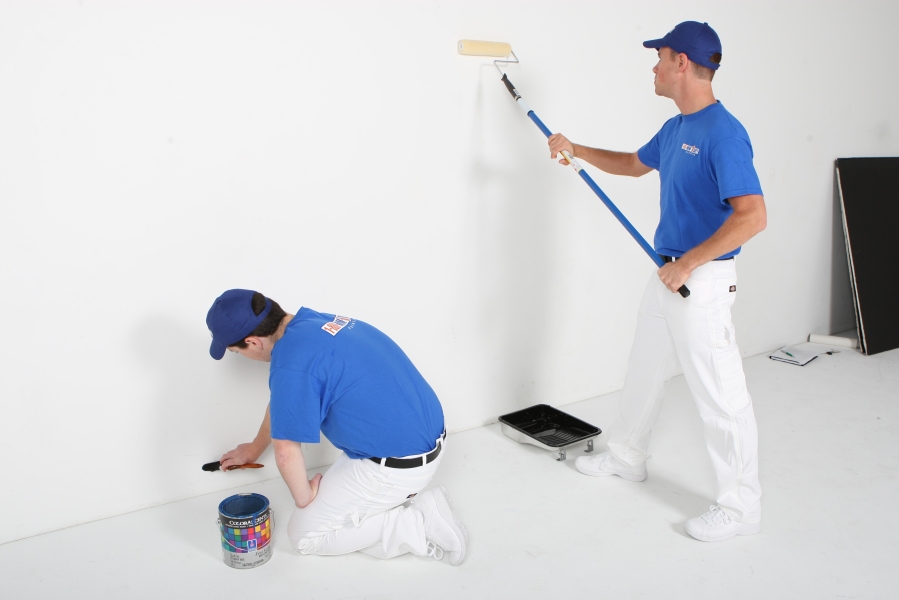Animals have stronger sense of smell than humans. Odors that can be unnoticed by humans could be something that animals can sense from a far. In the house, pets can smell their humans while they’re still at the driveway. They get excited and active. However, there are scents that may be toxic to pets. As one decides to improve the house, pet owners must take note of the following tips to prevent causing harm to the pets.

Use water-based paints
Paint fumes can be hazardous to humans, and even animals. Paints that have high percentages of volatile organic compounds—about forty to sixty percent—can cause nausea, eye irritation, organ damage, and sometimes even cancer in humans, and pets aren’t exempted from it. With a sense of smell that’s 10,000 more perceptive than humans, pets might get sick, especially when their immune system is weak. Strong pain fumes may cause respiratory problems to pets, especially when they’re showing signs of such ailments but left unattended.
Keep them out
It would be best to keep them out of the room first when painting it. When they are exposed to toxic fumes for a long time, pets might begin to cough and hack. These are signs of a respiratory illness. It they show these signs, bring them to the veterinarian to have their health checked.

Even when using paints that have low percentages of volatile organic compounds, it’s best to keep them out of the room to prevent them from being sick. Knowing what to do with pets as the home improvement process rolls out will surely give peace of mind to everyone in the family.
Steve Silvers is the founder of the leading Los Angeles, CA-based painting and home improvement company, Paint Squad. He is a wine enthusiast, a sports fan, and devoted father. For more posts on home improvement, visit this blog.







